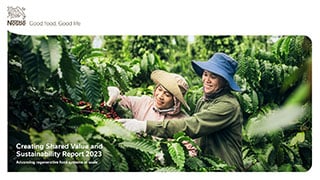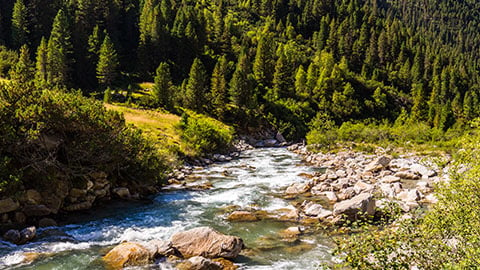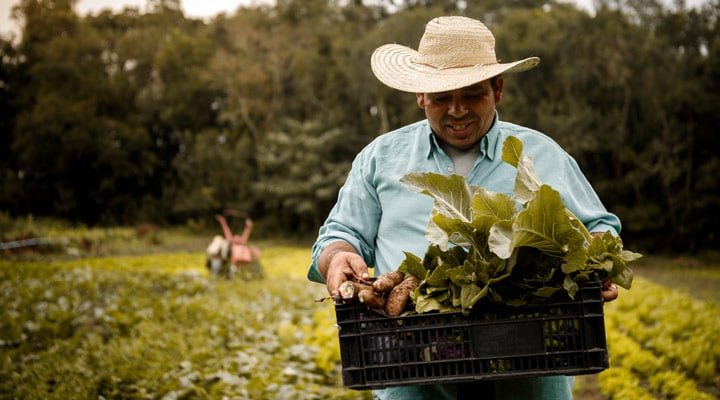Protecting and enhancing biodiversity

We can do a lot within our supply chain to help protect and enhance biodiversity. Through increasing regenerative agricultural practices, we can help protect waterways, improve farm management and plant trees, hedgerows and cover crops.
Our efforts to enhance biodiversity are integrated in our Net Zero Roadmap, our agriculture framework, our Forest Positive strategy and our approaches to responsible sourcing and water stewardship.
Our actions to support healthier natural ecosystems
Helping to protect and restore the environment
Biodiversity loss is among the greatest challenges facing our business and our planet. Tackling the main drivers of biodiversity loss (climate change, invasive species, pollution, the exploitation of natural resources and changes in land and sea use) is central to the initiatives and programs we have rolled out in the farms and landscapes where we source our ingredients.
Our regenerative agriculture approach is helping Nestlé source more and more key ingredients from farms that address biodiversity loss and land use change. We support these farms by helping to improve agrobiodiversity by managing crop diversity, promoting mixed farming (crops and livestock) and enhancing species diversity.
Forest Positive Strategy
Forests are vital for storing carbon in the biomass and soil and for preserving biodiversity (they are home to 80% of our land-based species). Our Forest Positive strategy aims to deliver a positive impact in our critical sourcing landscapes.

Learning from the birds
The presence of birds is a good indicator that populations of other animals are likely to be doing well, that water is clean and that the soil and forest are healthy. By monitoring birds, we can tell if existing farm practices are performing well or if further investments are required in a given landscape.
Studies of bird populations, led by the Cornell Lab of Ornithology, conducted in 2019 and 2020 showed that in most cases, AAA cluster farms performed almost as well as protected areas
Read more about biodiversity programs supported by Nespresso on The Positive Cup Hub.










